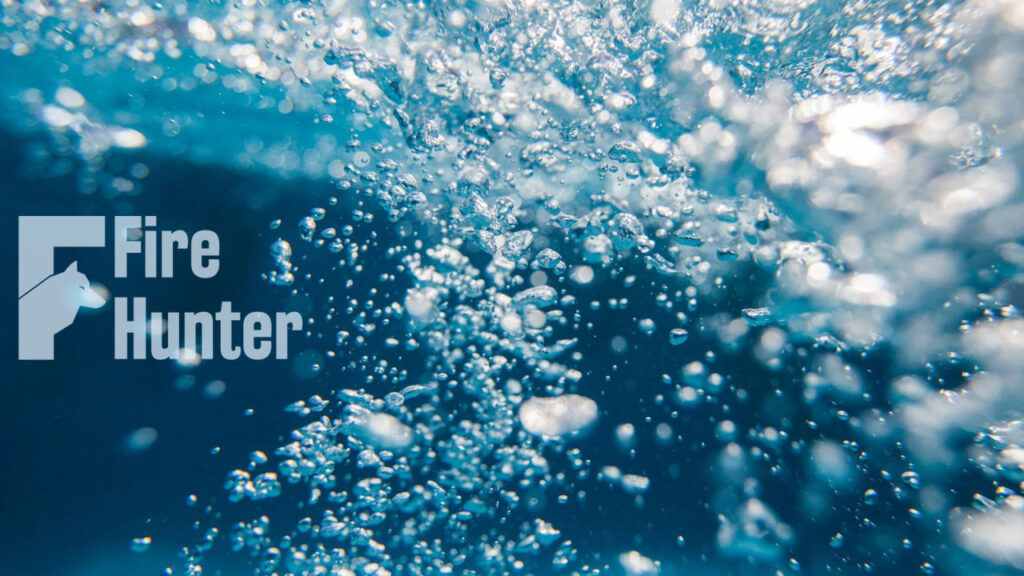The Journey of Water in Firefighting: From Source to Nozzle
At Fire Hunter Co (also known as Sayaad Alnaar Company), we understand that water plays a key role in firefighting. But do you know how water travels from its source to the nozzle in a firefighter’s hand? In this article, we’ll break down the journey of water in firefighting, from the water source to the nozzle, and explain the equipment involved at each step.
1. Firefighting Water Sources: Where It All Begins
Water sources are the starting point for any firefighting operation. Firefighters use various water sources depending on where the fire is located:
-
Fire Hydrants: The most common source in urban areas. Firefighters connect to the municipal water supply through hydrants.
-
Water Tankers: In rural or remote areas without hydrants, fire trucks with onboard water tanks are used.
-
Natural Water Bodies: Rivers, lakes, and ponds can be tapped using portable pumps, especially for wildland firefighting.
-
Firefighting Reservoirs: Large commercial or industrial buildings may have their own reservoirs specifically for firefighting.
2. Firefighting Hoses: Transporting Water to the Scene
Once the water source is established, firefighters need hoses to move water to the fire. Different types of hoses are used for different tasks:
-
Attack Hoses: These are smaller hoses (1.5 to 2 inches) designed for high-pressure water flow. They’re used to deliver water directly to the fire.
-
Supply Hoses: Larger hoses (3 to 5 inches) transport water from the source to the attack hoses, especially for longer distances.
-
Booster Hoses: Smaller, lightweight hoses used for smaller fires or quick-response situations.
-
Forestry Hoses: Special hoses for wildland firefighting. These are flexible and resistant to damage in rough terrain.
3. Firefighting Connections: Ensuring a Leak-Free Water Flow
To move water efficiently, several connections are needed to link hoses, pumps, and nozzles. These connections need to be secure to prevent leaks:
-
Couplings and Fittings: Used to connect hoses or other firefighting tools. They come in various sizes.
-
Valves: Control the flow of water through the system. These include gate valves, ball valves, and pressure relief valves.
-
Adapters: Allow firefighters to connect hoses and nozzles of different sizes, making it easier to use equipment from different manufacturers.
4. Firefighting Nozzles: The Key to Directing Water
Once the water reaches the hose, it travels through the nozzle. The nozzle controls the flow and direction of the water. Different nozzles are designed for different firefighting situations:
-
Fog Nozzles: These nozzles create a fine mist of water. They’re great for cooling the air and reducing heat around a fire.
-
Straight Stream Nozzles: These produce a focused, high-pressure stream of water, which is ideal for deep or high-reaching fires.
-
Combination Nozzles: A versatile option that allows firefighters to switch between a solid stream and a fog pattern depending on the situation.
-
Deluge Nozzles: These nozzles release large amounts of water quickly, often used in industrial or large-scale fires.
5. How Water Flows from Source to Nozzle in Firefighting
Understanding how water flows from the source to the nozzle is essential for effective firefighting. Here’s how it works:
-
Step 1: Locate the Water Source: Firefighters identify the closest available water source, such as a fire hydrant or water tanker.
-
Step 2: Set Up Hoses and Connections: They connect the hoses and fittings to ensure water is transported efficiently. Large supply hoses may be used to move water from a distant source.
-
Step 3: Choose the Right Nozzle: Depending on the situation, firefighters select the appropriate nozzle—whether it’s a fog nozzle to cool the air or a straight stream nozzle for focused power.
-
Step 4: Direct the Water at the Fire: Using the nozzle, firefighters direct water at the base of the fire or spread it across a larger area, cooling the fire and extinguishing flames.
6. Conclusion: Understanding Water’s Role in Firefighting
Water is the lifeblood of firefighting. From its source to the nozzle, every step in the process plays a critical role in fighting fires. At Fire Hunter Co (Sayaad Alnaar Company), we are dedicated to providing top-quality equipment that ensures water flows seamlessly from the source to the nozzle, helping firefighters save lives and protect property.
By understanding how water travels through the firefighting system and how different equipment works, firefighters are better equipped to handle any emergency situation.

